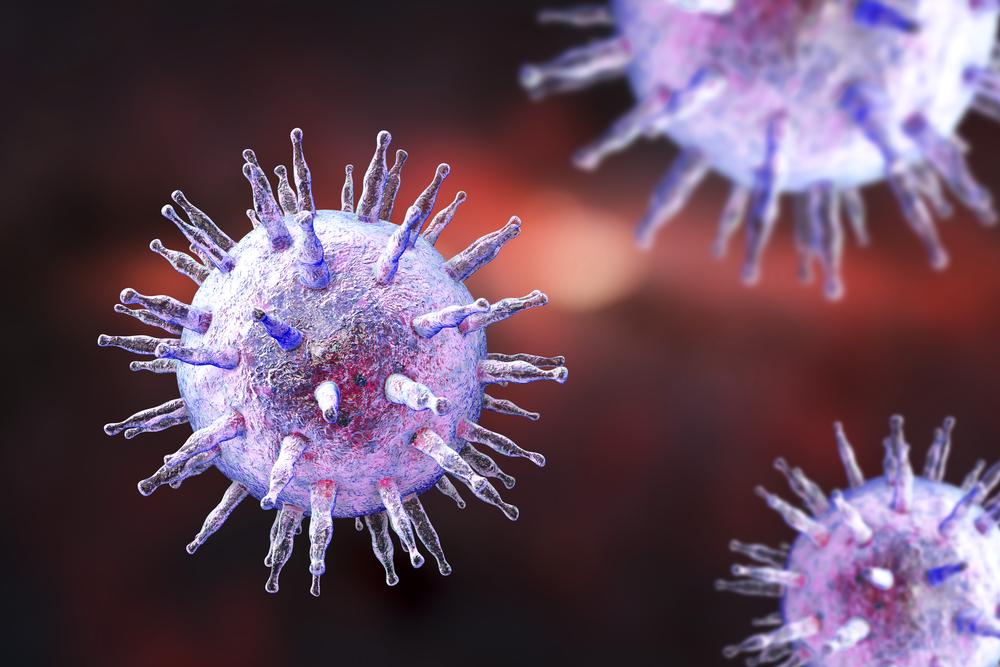

Sneha Upadhyayula
Hudson High SchoolClass of 2025PENINSULA, Ohio
About
Projects
Sneha's Symposium Presentation
Project Portfolio
Epstein-Barr virus as a Disease-Causing Agent in Well-Characterized Disease States and the Broader Population
Started July 26, 2022

Abstract or project description
Epstein-Barr virus infection (EBV) affects 90% of adults and is the most common cause of infectious mononucleosis - a syndrome with fever, sore throat, enlarged lymph nodes, and fatigue. After infection, the virus remains in latent condition in host B lymphocytes. It is generally kept in check by host immune mechanisms, but in rare cases, EBV can replicate, unfettered, and lead to multitudinous reactions within the body. The uncontrolled proliferation of EBV-infected cells is highlighted in scenarios of X-linked lymphoproliferative disease (XLP), a genetic predisposition that allows young males with primary EBV infection to develop cancer, and in post-transplant cases where the virus can cause lymphoma. In broader populations, EBV has been linked to nasopharyngeal carcinoma (NPC) and has significant impacts on treatment and survival in classic Hodgkin lymphoma (cHL). EBV, a DNA virus, integrates into the genome, turning cell checkpoints into malignant systems and allowing rapid induction of carcinogenesis. This review explores factors that allow EBV to evade host immune mechanisms- resulting in cancer- and aims to address gaps in screening and prevention. Sources are primarily obtained from the PubMed Central Database. Understanding the conditions under which the virus can reactivate and the extent to which it promotes oncogenesis will foster increased awareness of avoiding triggers and further clinical research for vaccines for vulnerable groups. Furthermore, a growing body of evidence points toward the potential prognostic value of serological testing in at-risk populations.
Keywords: Epstein-Barr virus, X-linked lymphoproliferative disease, Post-transplant lymphoproliferative disorder, Classic Hodgkin lymphoma, Nasopharyngeal carcinoma.